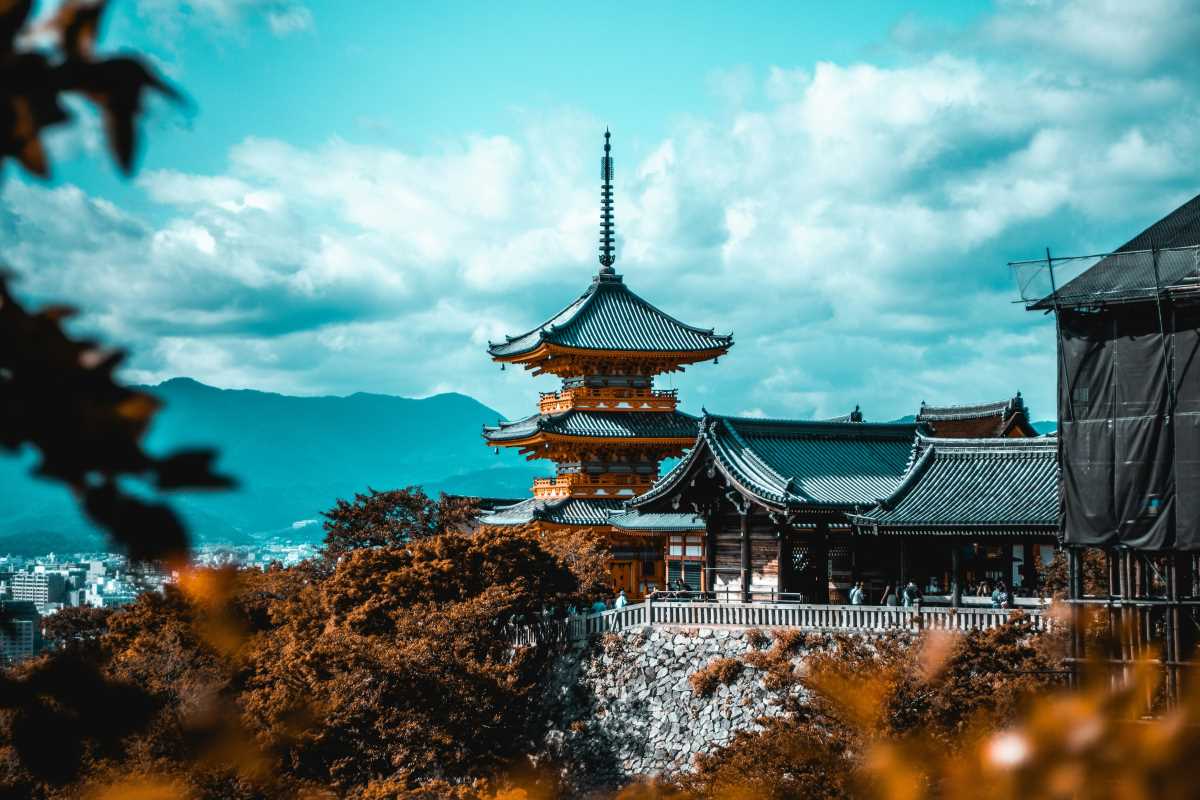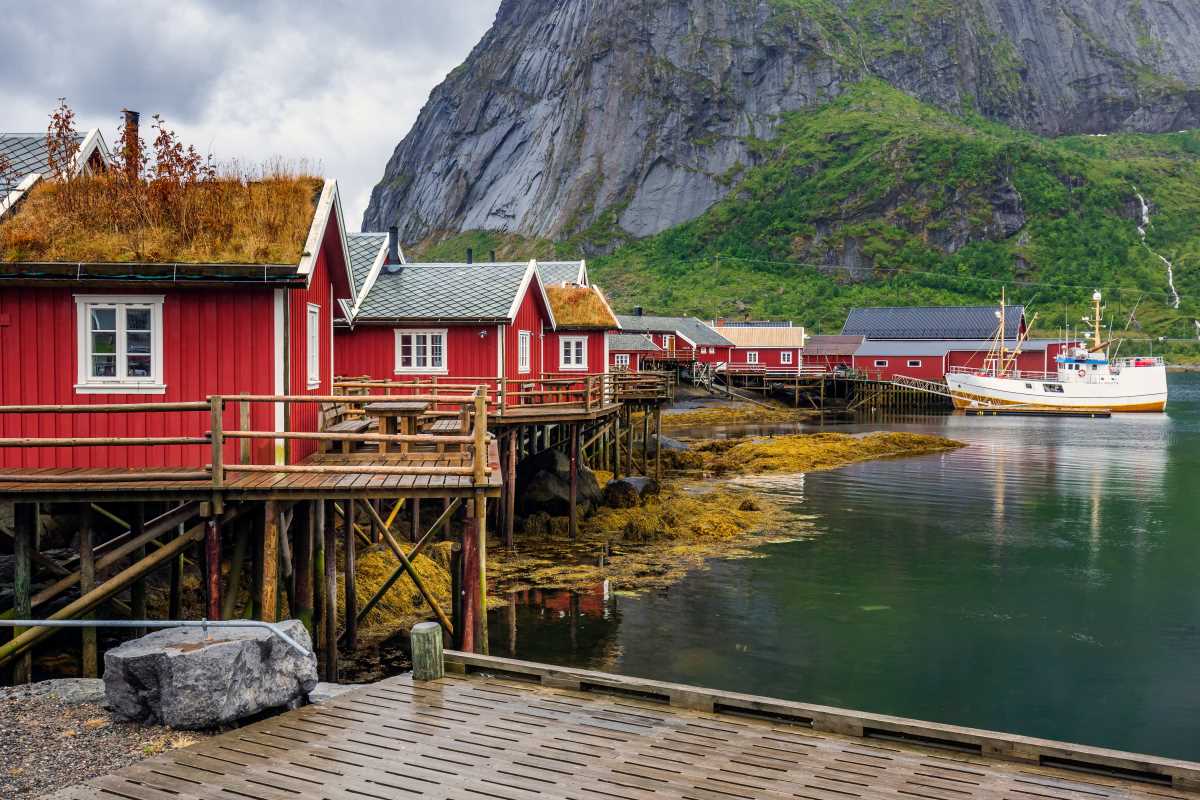Everyone dreams of seeing the world’s greatest treasures, and the UNESCO World Heritage list often serves as the ultimate travel guide. These sites, from ancient cities to breathtaking natural wonders, are recognized for their profound cultural and historical importance. This fame, however, often brings massive crowds. The most popular spots can become overwhelmed with visitors, leading to long waits and a less-than-magical experience. By planning an alternative route near these famous hubs, you can discover incredible culture with fewer lines. This thoughtful approach not only helps protect fragile heritage sites from overtourism but also leads to a more relaxed and authentic journey for you.
Why Alternative Destinations Matter
When a location earns a spot on the UNESCO World Heritage list, it signifies that the site has outstanding universal value to humanity. This prestigious title is a powerful magnet for tourists, which can provide a welcome economic boost to local communities. However, it can also lead to significant strain on the infrastructure and environment of these special places. By choosing to explore nearby "overflow" destinations, you help distribute the impact of tourism. This allows you to enjoy a region's authentic character while taking pressure off the main attractions, contributing to a more sustainable and respectful way of traveling.
How to Design a Crowd-Light Itinerary
Crafting a trip that sidesteps the biggest crowds is simpler than it seems. One key strategy is to travel during the shoulder seasons, which are the months just before or after the peak summer rush. The weather is often still beautiful, but the number of fellow tourists is much lower. Visiting major sites during off-peak hours, like right when they open or in the late afternoon, can also provide a more peaceful experience. A great approach is to build your itinerary around satellite towns or lesser-known heritage sites that surround a famous landmark. These places frequently share a similar history and charm but without the overwhelming crowds.
Alternative Route 1: Portugal Beyond Lisbon's Center
The historic center of Lisbon and the nearby Tower of Belém are magnificent UNESCO sites, but they can be incredibly busy. For a different perspective, base yourself in the nearby coastal town of Cascais. From there, take a short train or bus ride to Sintra, home to another group of World Heritage sites. Instead of just seeing the famous Pena Palace, explore the less-crowded Quinta da Regaleira or the Monserrate Palace. You can catch the golden hour light, which is perfect for photos, without the midday rush. Remember to wear comfortable walking shoes and protect yourself from the strong Atlantic sun with a good sunscreen.
Alternative Route 2: The Czech Republic Beyond Prague
Prague's historic center is a fairytale city, but its beauty draws millions of visitors. To experience Czech history without the congestion, explore the UNESCO sites of South Bohemia. Start in the stunning town of Český Krumlov, a smaller, more intimate version of Prague built around a massive castle. From there, you can visit the nearby village of Holašovice, a perfectly preserved example of traditional Central European rural architecture. Using regional trains and buses to connect these locations is an affordable and scenic way to travel. Enjoying local food in family-run restaurants also ensures your money supports the community directly.
Alternative Route 3: Mexico Beyond Chichen Itza
Chichen Itza is one of the most famous archaeological sites in the world, but the crowds and vendors can be intense. For a more immersive Mayan experience, base your trip around the UNESCO city of Mérida on the Yucatán Peninsula. From there, take a day trip to the magnificent ruins of Uxmal. This site is just as grand as Chichen Itza but receives a fraction of the visitors, allowing you to explore its pyramids and palaces in peace. You can also visit smaller ruins along the Puuc Route. The climate is hot and humid, so staying hydrated by drinking plenty of water and seeking shade during the hottest part of the day are essential for your comfort and safety.
The Smart and Ethical Traveler
Thoughtful travel goes beyond your itinerary. Using public transportation like rail passes or city cards can save you money and reduce your environmental footprint. Making a conscious effort to eat at locally-owned restaurants and shop at small businesses helps ensure your tourism dollars benefit the community directly. Being a respectful visitor means following local customs, keeping your voice down in quiet places, and never leaving trash behind. These simple habits not only make your trip smoother but also show respect for the people and places you have the privilege of visiting.

.jpg)





